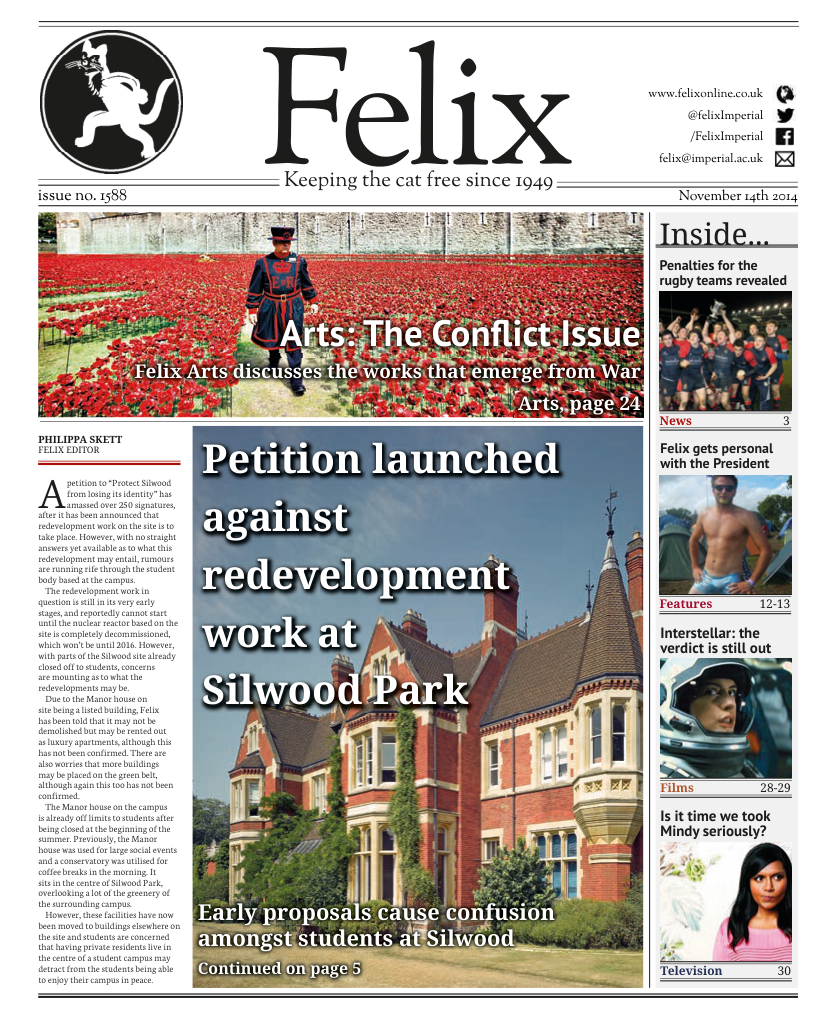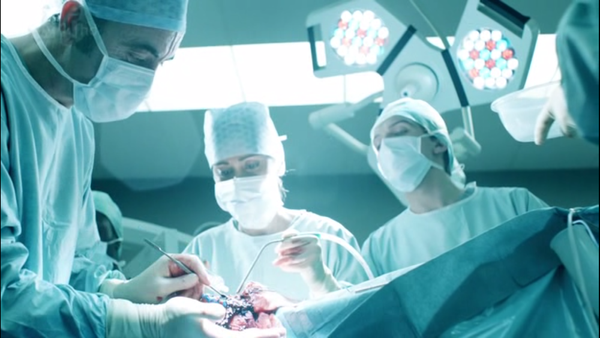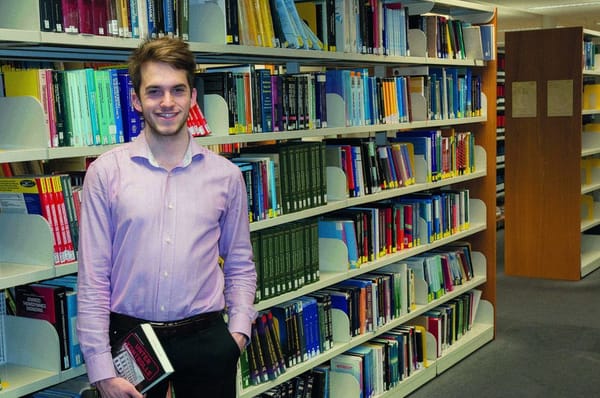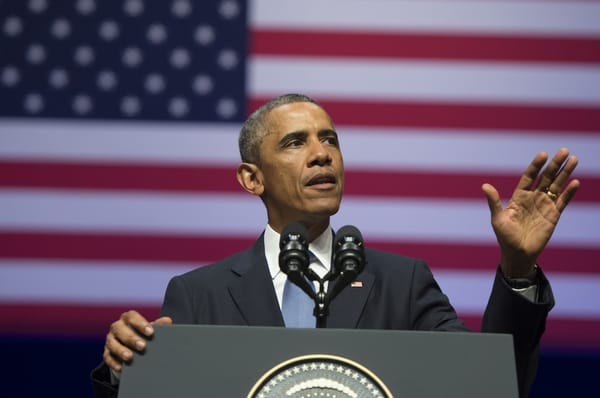Self-righting wheelchair technology developed by students
Wheelchair enables disabled athletes to re-right themselves back on their wheels after a crash
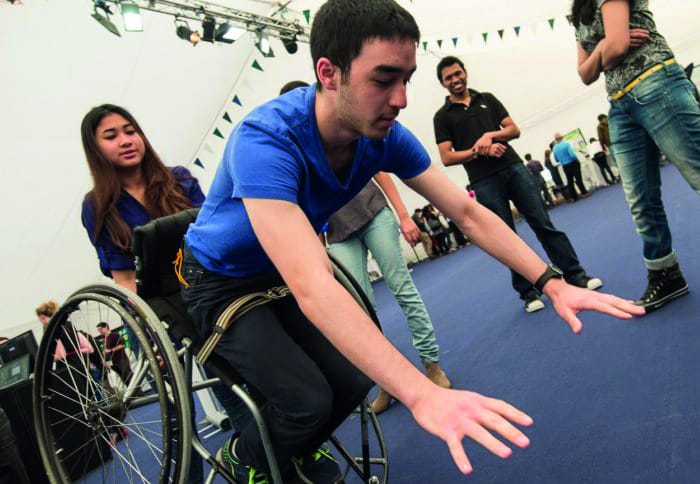
A team of students from the Department of Bioengineering have augmented a sports wheelchair in order to enable disabled athletes to re-right themselves back on their wheels after a crash. Jacqueline Beddoe-Rosendo, Bianca de Blasi and Simone Castagno developed the prototype during a UROP this summer, which caters to wheelchair basketball athletes and potentially other athletes of high-impact sports such as wheelchair rugby. The technology has been trialled with members of the London Titans wheelchair basketball team, who the team extensively consulted with over the course of the project.
Their solution consists of a simple rigid metal roller with a rubber casing attached to the front bumper of a sports wheelchair, which rotates in only one direction. Containing a clutch mechanism and coated with anti-slip PVC tape, this is designed to provide a lockable pivot point between the front bumper and the floor. This allows the player to push themselves up and resume playing in less time.
Bianca de Blasi, in her 4th year of Bioengineering, cites the durability, ease of use and simple replacement/maintenance of the roller. “More importantly, it also fits with wheelchair basketball regulations – for example, the tape that we put on the roller does not leave marks on the basketball court.”
The team also made a video, which has been published on the Imperial news website, demonstrating how the roller works in two different cases: athletes who have weaker upper arm strength (and cannot push themselves up) due to having no abdominal control, and athletes who do have some abdominal control. This variation is due to the varying degrees of spinal cord injury (and therefore paralysis) present in different wheelchair athletes.
In the video, Jacqueline Beddoe-Rosendo, also in her 4th year of Bioengineering, explained the challenges that wheelchair basketball athletes face. “During matches, collisions are very frequent and these often lead to players toppling over. These cause disruptions to the game because in many cases, these players cannot right themselves.”
Wheelchair basketball athletes are strapped into the wheelchair and often have the ability to move it into a frontal position in the event of a crash, but find it difficult to push the wheelchair upright by themselves because of the way they are currently designed. At present, players often rely on officials to stop the match clock during a collision and bring external assistance in order to re-right them, or for other players to stop playing and help them up. This is often time-consuming and disrupts the flow of the game.
The UROP itself was a spin-off from a second year Bioengineering Group Design Project in the 2012/13 academic year, which the three previously worked on as part of a larger group with a number of other coursemates.
An initial prototype, which utilized different attachment methods and dark sandpaper, was first produced by the larger group, which was also demonstrated at the 2013 Imperial Festival. The final prototype produced by Beddoe-Rosendo, de Blasi and Castagno solves the issues that the first one faced with regulation compliance (sandpaper would damage the rink flooring), as well as the durability of device attachments and materials.
Both the group design projects (part of the second-year Bioengineering curriculum) and the UROP are part of the five-year Rio Tinto-sponsored Sports Innovation Challenge. Now in its third year, the challenge aims to widen the accessibility of sports to disabled athletes, as well as improve the training and competition equipment available to them, by harnessing the skills and creativity of Imperial students. To speed up the process of bringing their product to market, the team is approaching sports wheelchair manufacturers and offering their technology for free as a philanthropic gesture.
Now a graduate student in Imperial’s Department of Medicine, Simone Castagno said: “We want to empower players who compete in wheelchair sports, so that they don’t have to rely on others to get them upright and in back in the game. Ultimately, we hope to see our device being used by sportspeople in the near future.”


